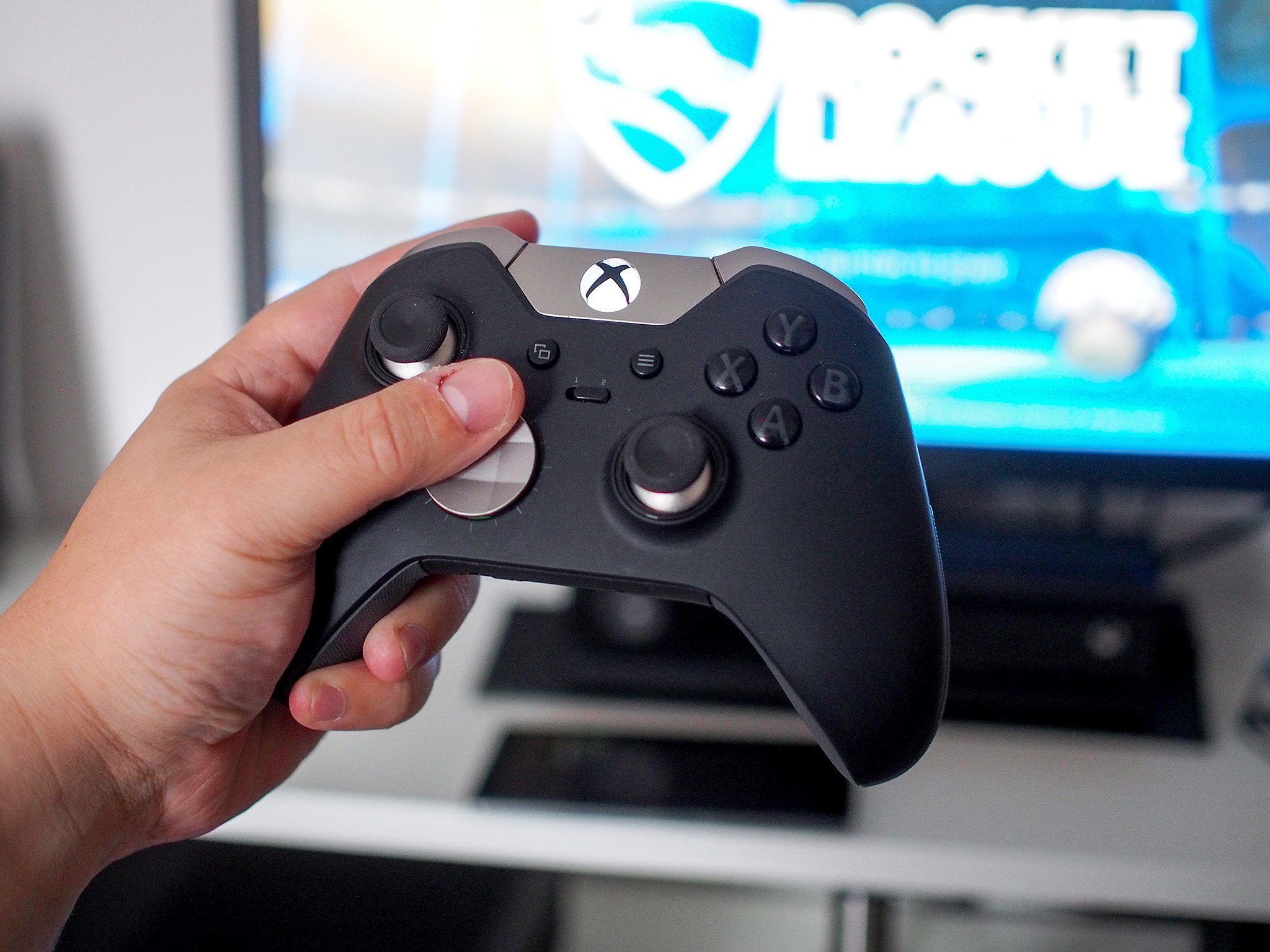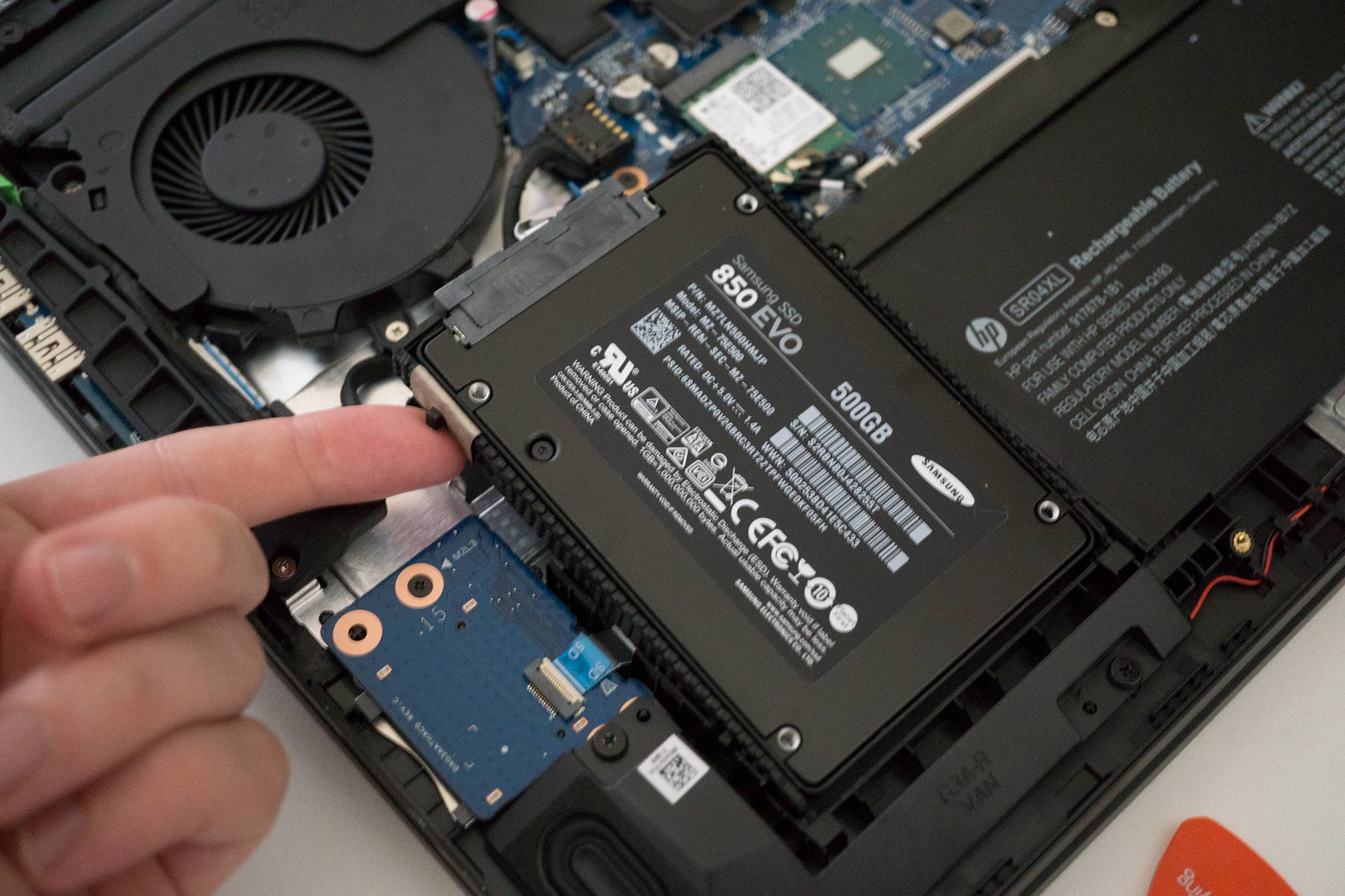![]()
Here are eight tips everyone should know to manage Wi-Fi network connections on Windows 10.
Although, for the most part, setting up a wired network connection on a Windows 10 device is as easy as plugging in an Ethernet cable, connecting using a wireless adapter requires some additional steps depending on the security of the network.
Windows 10's Settings app that makes it super easy to manage many aspects of a Wi-Fi connection. Using the "Wi-Fi" page in the "Network & Security" section, you can connect and disconnect from a network, view configuration properties, change the network profile, manually add and remove network connections, set your connection as metered to reduce data usage on capped internet plans, and a lot more.
In this Windows 10 guide, we'll walk you through many ways you can manage wireless network connections on your device using the Settings app.
How to connect to a Wi-Fi network
Connecting to a wireless network is an easy process, you only need to know the network you want to connect and the security key to authenticate (sometimes also referred as a Wi-Fi password).
- Click the wireless icon in the notification area.
- Select the network you want to connect.
- Check the Connect automatically option.
Click the Connect button.
![]()
- Enter the network security key.
Click the Next button.
![]()
If the network flyout is not reporting any wireless network, you can try the steps shown below to turn off and on again Wi-Fi to see if that fixes the problem.
How to disconnect from a Wi-Fi network
Removing your device from a wireless network is also a straightforward process that can be done in a few different ways.
Disconnecting using the flyout menu
The easiest way to disconnect is using the network flyout menu.
- Click the wireless icon in the notification area.
- Select the network you're currently connected.
Click the Disconnect button on the network connection.
![]()
Alternatively, you can click the quick action Wi-Fi button at the bottom to turn off the adapter and disconnect from the network using flyout menu.
Quick Tip: The same Wi-Fi button can also be found in the Action Center's Quick Actions section (Windows key + A).
If you don't select a schedule, then you'll need to enable the adapter manually by clicking the Wi-Fi button again from the flyout menu. Also, note that using the flygout menu, it's possible to turn on or off Airplane mode and Mobile hotspot.
Disconnecting using the Settings app
Alternatively, you can enable or disable Wi-Fi using the Settings app.
- Open Settings.
- Click on Network & Security.
- Click on Wi-Fi.
- Turn off the toggle switch for the adapter you want to disconnect.
Use the drop-down menu to select an option to turn on the wireless adapter on schedule.
![]()
How to view a Wi-Fi connection properties
Sometimes, in order to troubleshoot a problem or set up an application, you'll need to know your network hardware information, such as network band, IP address, the name of the adapter and others. While there are a number of ways to find out this information, you can quickly identify these and other information about your wireless connection using the Settings app.
- Open Settings.
- Click on Network & Security.
- Click on Wi-Fi.
Under the wireless network, click the Hardware properties link.
![]()
![]()
In the properties page, you'll find information, such as SSID, protocol, security type, network band and channel, IP and MAC address.
How to connect to a Wi-Fi network on range automatically
If you didn't select the option to connect to a wireless network automatically while setting up a new connection, or you enabled the option, but you don't need the configuration anymore, it's possible to control this feature using the Settings app.
- Open Settings.
- Click on Network & Security.
- Click on Wi-Fi.
Click your current Wi-Fi connection.
![]()
Turn on or off the Connect automatically when in range option.
![]()
How to change the Wi-Fi connection network profile
In order to increase network security, starting with the Windows 10 Fall Creators Update, you can now more easily set your wireless connection as Private on a network you trust, or Public on the network you don't trust, such as at a coffee shop or airport.
- Open Settings.
- Click on Network & Security.
- Click on Wi-Fi.
Click your current Wi-Fi connection.
![]()
Under "Network profile," select one of the two options:
- Public– makes your PC hidden from other devices on a public network and disables file and printer sharing.
- Private– makes your PC discoverable by other devices in a local network and allows them to use printer and file sharing (if it was configured).
![]()
If you're not running the Windows 10 Fall Creators Update, you'll see a Make this PC discoverable option, which works in the same way as the options shown in the above steps (toggle switch off means Public, and toggle switch on means Private).
How to set a Wi-Fi connection as metered
Out of the box, Windows 10 has unlimited access to the internet to download system and app updates, sync settings across your devices, connect to cloud services, and to connect you to the mighty internet.
The problem is that if you're on a limited internet connection, it's possible to go over the data cap very quickly. A metered connection helps to reduce Windows 10's data usage to prevent exceeding your data plan.
If you're connected to a limited data plan, you can use the Settings app to set your wireless connection as metered.
- Open Settings.
- Click on Network & Security.
- Click on Wi-Fi.
Click your current Wi-Fi connection.
![]()
Under "Metered connection," turn on the Set as metered connection toggle switch.
![]()
After completing the steps, Windows 10 will only have restricted access to an internet connection, which also prevents it from downloading updates. However, some critical updates may download over this type of connection.
In addition, using a metered connection will prevent the Start menu from downloading Live Tiles updates, and some apps will no longer receive updates automatically.
How to add or remove Wi-Fi connections
Using the Settings app is also possible to add or remove a Wi-Fi network manually in those cases when you may need to connect to a network that doesn't broadcast its SSID (Service Set Identifier), or when you need to set up a wireless connection beforehand to save time.
Adding a Wi-Fi network
- Open Settings.
- Click on Network & Security.
- Click on Wi-Fi.
Click the Manage known networks link.
![]()
Click the Add a new network button.
![]()
- Enter the network name.
- Using the drop-down menu, select the network security type.
- Check the Connect automatically option.
- Check the Connect even if the network is not broadcasting option.
Click Save.
![]()
Once you've completed the steps, whenever your device is within range of the network, it'll connect automatically without any further steps.
Removing a Wi-Fi network
If you must remove (forget) a Wi-Fi network, the Settings app makes it a very straightforward process.
- Open Settings.
- Click on Network & Security.
- Click on Wi-Fi.
Click the Manage known networks link.
![]()
- Select the Wi-Fi connection you want to remove.
Click the Forget button (there is no confirmation dialog using this button, so make sure that you really want Windows 10 to forget this connection before clicking the button).
![]()
After completing the steps, your device will no longer try to connect with the network you've removed.
How to manage wireless services
The Wi-Fi settings page also offers a few nifty features for users that are always on the move.
![]()
Wi-Fi services
Windows 10 offers two additional features to help you get connected no matter where you are located. If you turn on the Find paid plans for suggested open hotspots near me toggle switch, then you'll be able to purchase data plans from the Windows Store form affiliated networks.
In addition, you can also turn on the Connect to suggested open hotspots toggle switch, which allows Windows 10 to connect automatically to open wireless networks, even connecting through landing pages thanks to a database of known networks.
While using suggested open hotspots is a good option, remember that some networks can be reliable but not secure.
Hotspot 2.0 networks
Hotspot 2.0 is a relatively new networking standard that makes connecting to public Wi-Fi networks a simple and secure process.
If you're in a public place like at a coffee shop, airport, or hotel, Hotspot 2.0 will identify and connect to the right network automatically without having to go through a list of networks which can be fake or malicious.
Hotspot 2.0 networks is enabled by default on Windows 10, but if you're planning to make use of this feature, you can go to Settings> Update & Security> Wi-Fi to make sure is enabled. You can also check this guide for more details.
Wrapping things up
While it's now possible to configure many wireless options using the Settings app, Windows 10 has yet to include every networking feature in this experience. This means that to change some options, such as advanced network adapter settings, power management, and set up specific protocols, you still need to use Control Panel.
More Windows 10 resources
For more helpful articles, coverage, and answers to common questions about Windows 10, visit the following resources:






























































































































































